A new study offers some reassurance.



In the past couple of years, Google has been trying to improve more and more of its services with artificial intelligence. Google also happens to own a quantum computer — a system capable of performing certain computations faster than classical computers.
It would be reasonable to think that Google would try running AI workloads on the quantum computer it got from startup D-Wave, which is kept at NASA’s Ames Research Center in Mountain View, California, right near Google headquarters.
Google is keen on advancing its capabilities in a type of AI called deep learning, which involves training artificial neural networks on a large supply of data and then getting them to make inferences about new data.

Interesting…
According to Steve Jurvetson, venture capitalist and board member at pioneer quantum computing company D-WAVE (as well as others, such as Tesla and SpaceX), Google has what may be a “watershed” quantum computing announcement scheduled for early next month. This comes as D-WAVE, which notably also holds the Mountain View company as a customer, has just sold a 1000+ Qubit 2X quantum computer to national security research institution Los Alamos…
It’s not exactly clear what this announcement will be (besides important for the future of computing), but Jurvetson says to “stay tuned” for more information coming on December 8th. This is the first we’ve heard of a December 8th date for a Google announcement, and considering its purported potential to be a turning point in computing, this could perhaps mean an actual event is in the cards.
Notably, Google earlier this year entered a new deal with NASA and D-WAVE to continue its research in quantum computing. D-WAVE’s press release at the time had this to say:
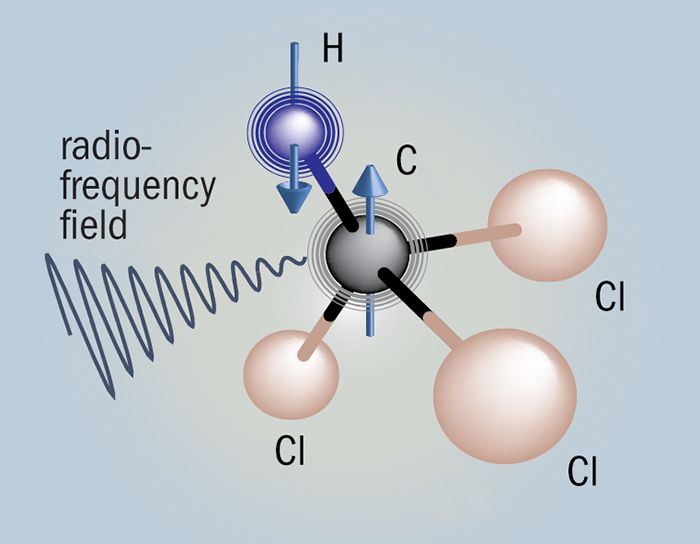
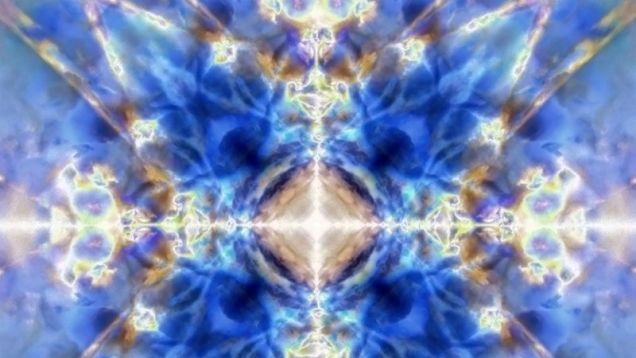
One of the weirdest aspects of quantum mechanics is entanglement, because two entangled particles affecting each other across vast distances seems to violate a fundamental principle of physics called locality: things that happen at a particular point in space can only influence the points closest to it. But what if locality — and space itself — is not so fundamental after all? Author George Musser explores the implications in his new book, Spooky Action At a Distance.
When the philosopher Jenann Ismael was ten years old, her father, an Iraqi-born professor at the University of Calgary, bought a big wooden cabinet at an auction. Rummaging through it, she came across an old kaleidoscope, and she was entranced. For hours she experimented with it and figured out how it worked. “I didn’t tell my sister when I found it, because I was scared she’d want it,” she recalls.
As you peer into a kaleidoscope and turn the tube, multicolored shapes begin to blossom, spin and merge, shifting unpredictably in seeming defiance of rational explanation, almost as if they were exerting spooky action at a distance on one another. But the more you marvel at them, the more regularity you notice in their motion. Shapes on opposite sides of your visual field change in unison, and their symmetry clues you in to what’s really going on: those shapes aren’t physical objects, but images of objects — of shards of glass that are jiggling around inside a mirrored tube.
ABSTRACT
According to Einstein, General Relativity contains the essence of Mach’s ideas. Mach’s principle can be summarized by stating that the inertia of a body is determined by the rest of the mass-energy content of the universe. Inertia here arises from mass-energy there. The latter, was a statement made by John Wheeler in his 1995 book, Gravitation and Inertia, coauthored by Ciufolini. Einstein believed that to be fully Machian, gravity would need a radiative component, an action-at-a-dis- tance character, so that gravitational influences on a body from far away could be felt immediately. In 1960’s, Hoyle and Narlikar (HN) developed such a theory which was a gravitational version of the Absorber theory derived by Wheeler-Feynman for classical electrodynamics and later expanded upon by Davies and Narlikar for quantum electrodynamics. The HN-field equation has the same type of mass fluctuation terms as in the Woodward Mach effect thruster theory. The force equation, used to predict the thrust in our device, can be derived from the mass fluctuation. We outline a new method for deriving the force equation. We present new experimental tests of the thruster to show that the thrust seen in our device is not due to either heating or Dean Drive effects. Successful replications have been performed by groups in Austria and Canada, but their work is still pending in the peer review literature.
Keywords:
Mach Effect Drive, Transient Mass Fluctuations, Mach’s Principle, Action at a Distance, Advanced Waves, Event Horizon.
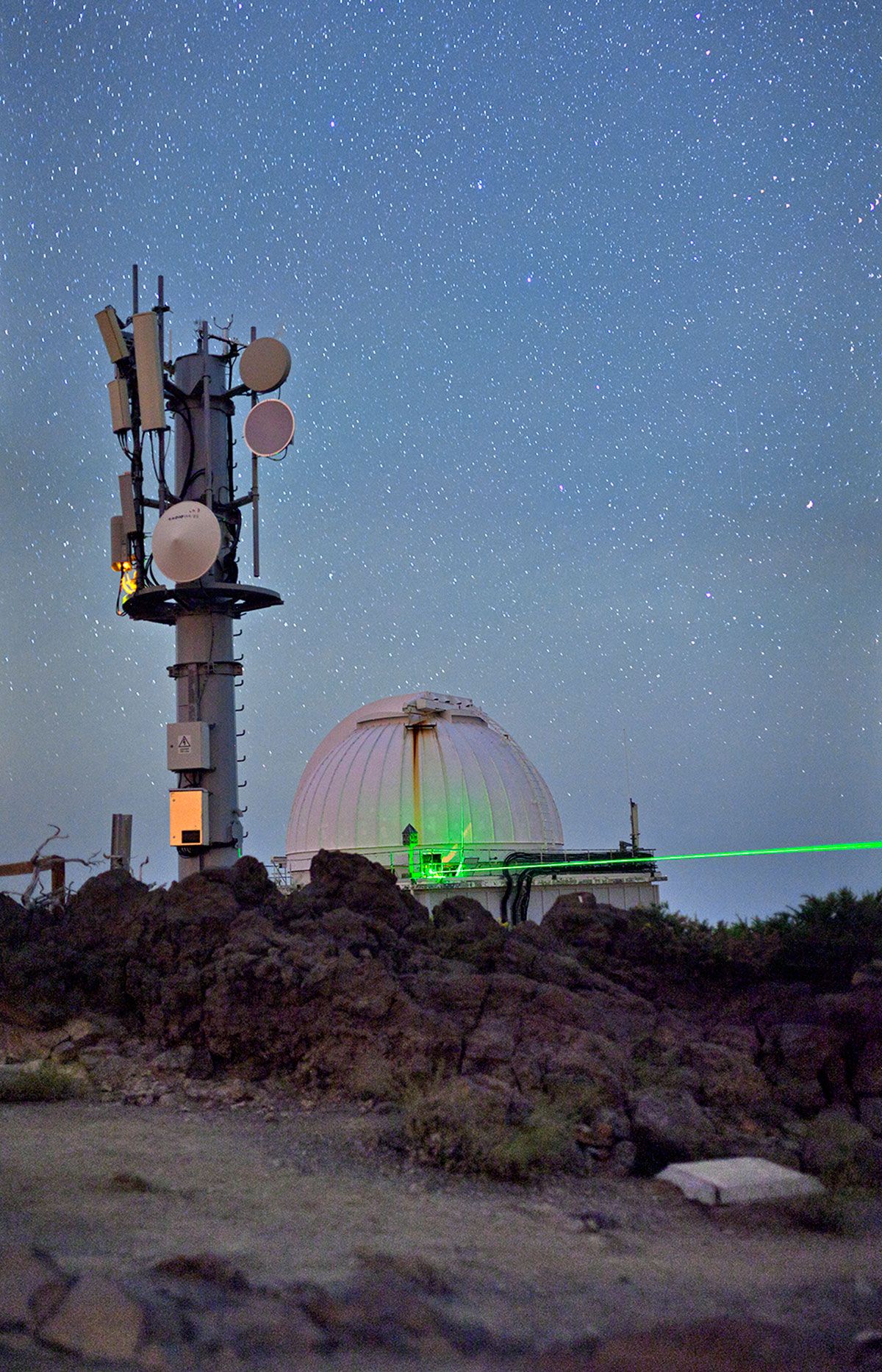
(Phys.org)—” Spooky action at a distance,” Einstein’s famous, dismissive characterization of quantum entanglement, has long been established as a physical phenomenon, and researchers are keen to develop practical applications for entanglement including communication, encryption, and computing.
Quantum entanglement is a phenomenon in which the production or the interactions of a number of particles cannot be described independently of each other, and must instead be described in terms of the whole system’s quantum state.
Two recent experiments with entanglement have been reported in the Proceedings of the National Academy of Sciences, one proving that complex quantum states in photons can be preserved even in turbulent atmospheric conditions; the other demonstrating entanglement swapping between qubits over the 143 kilometers between the Canary Islands and Tenerife.

Physicists have spent decades trying to reconcile two very different theories. But is a winner about to emerge – and transform our understanding of everything from time to gravity?
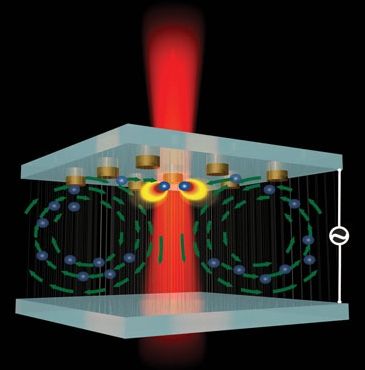
A new type of ‘nanotweezer’ capable of positioning tiny objects quickly and accurately and freezing them in place could enable improved nanoscale sensing methods and aid research to manufacture advanced technologies such as quantum computers and ultra-high-resolution displays.
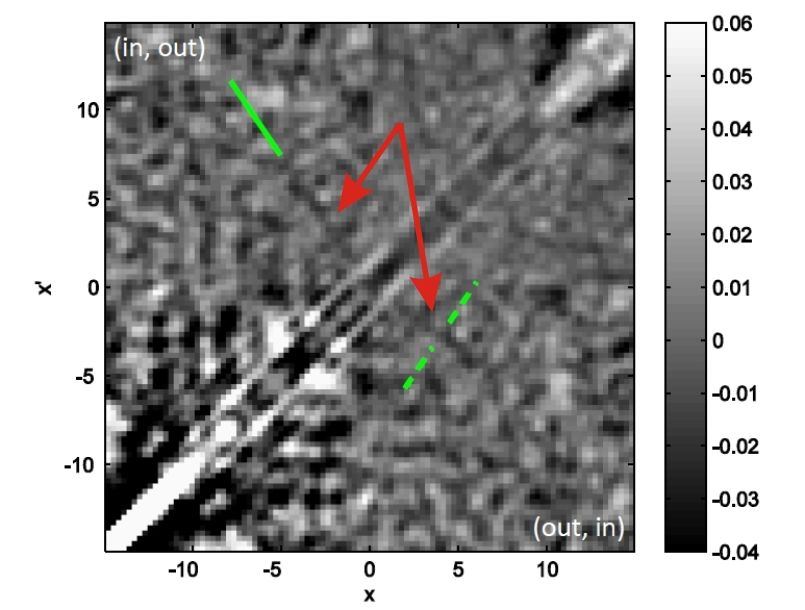
In August I went to Stephen Hawking’s public lecture in the fully packed Stockholm Opera. Hawking was wheeled onto the stage, placed in the spotlight, and delivered an entertaining presentation about black holes. The silence of the audience was interrupted only by laughter to Hawking’s well-placed jokes. It was a flawless performance with standing ovations.
In his lecture, Hawking expressed hope that he will win the Nobelprize for the discovery that black holes emit radiation. Now called “Hawking radiation,” this effect should have been detected at the LHC had black holes been produced there. But time has come, I think, for Hawking to update his slides. The ship to the promised land of micro black holes has long left the harbor, and it sunk – the LHC hasn’t seen black holes, has not, in fact, seen anything besides the Higgs.
But you don’t need black holes to see Hawking radiation. The radiation is a consequence of applying quantum field theory in a space- and time-dependent background, and you can use some other background to see the same effect. This can be done, for example, by measuring the propagation of quantum excitations in Bose-Einstein condensates. These condensates are clouds of about a billion or so ultra-cold atoms that form a fluid with basically zero viscosity. It’s as clean a system as it gets to see this effect. Handling and measuring the condensate is a big experimental challenge, but what wouldn’t you do to create a black hole in the lab?